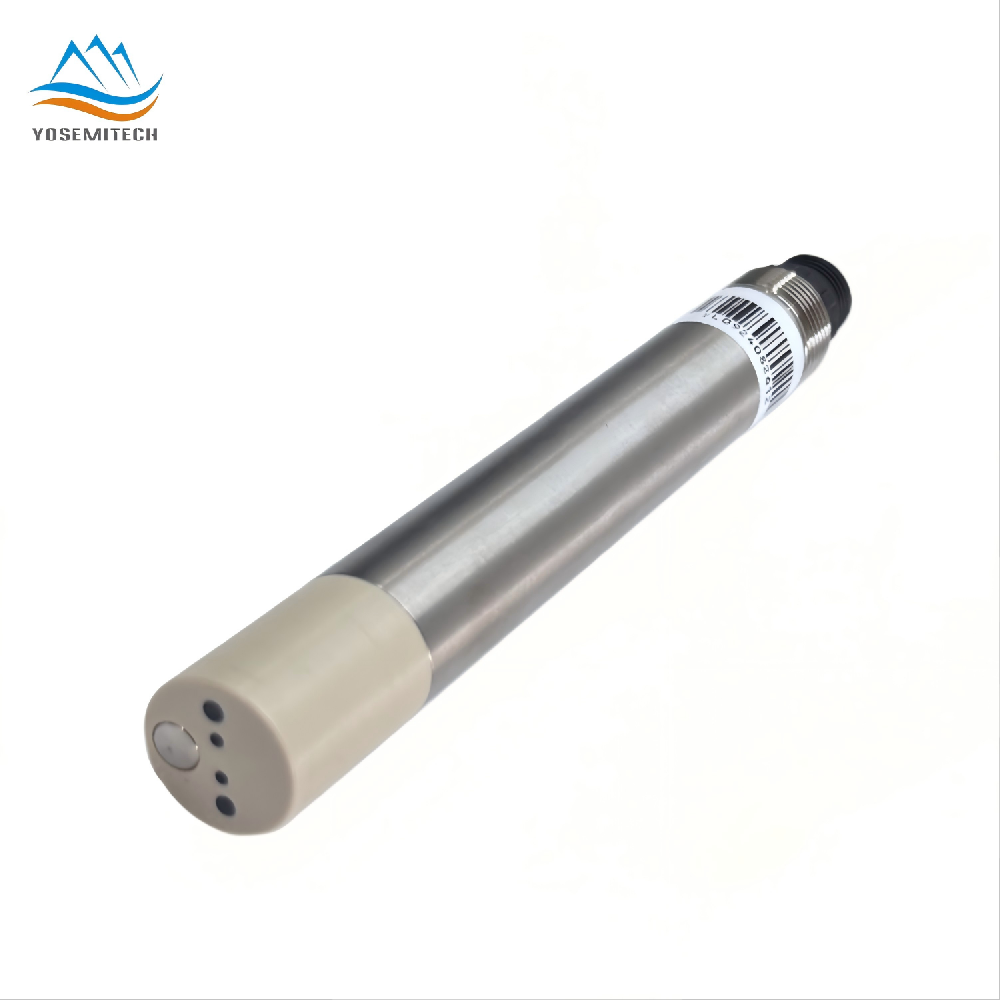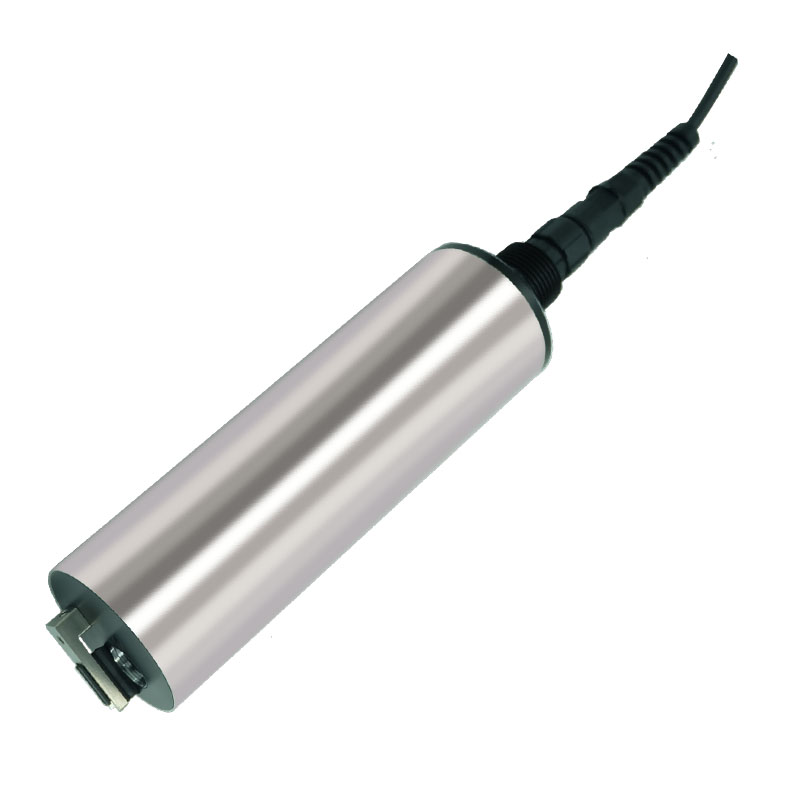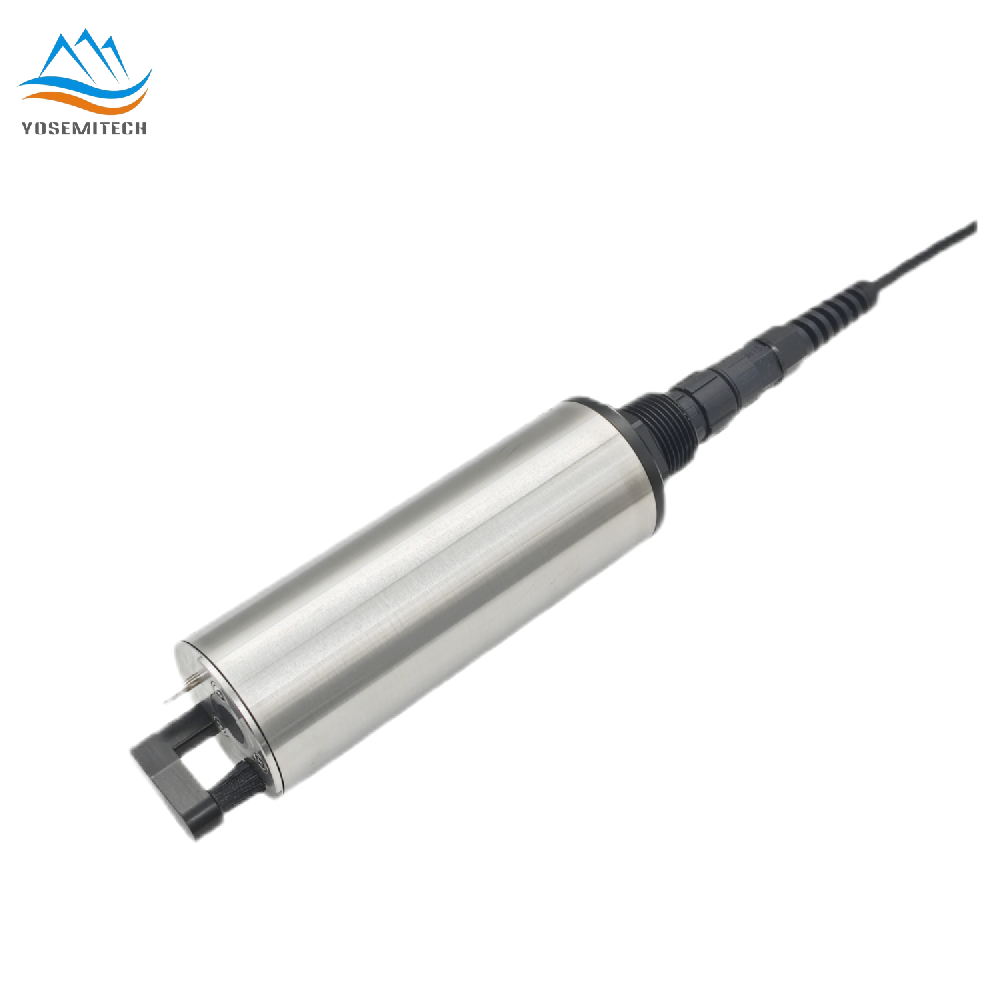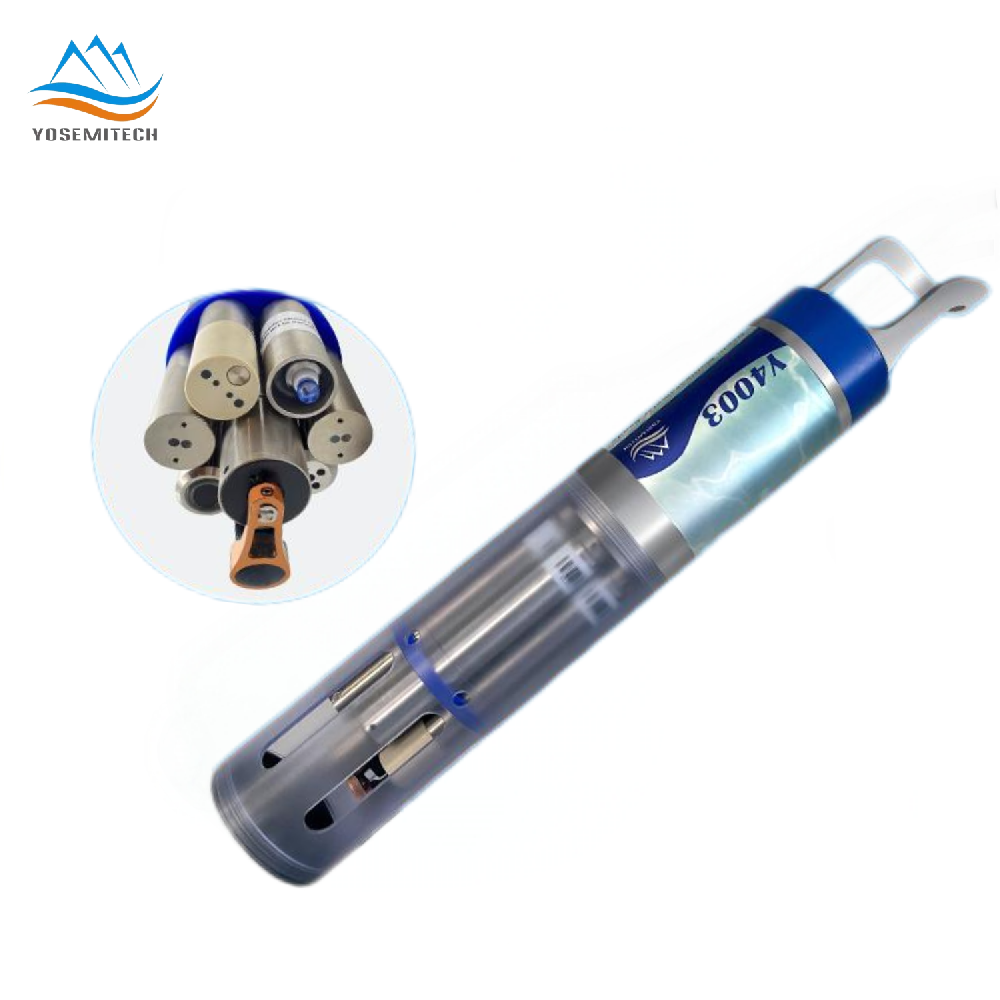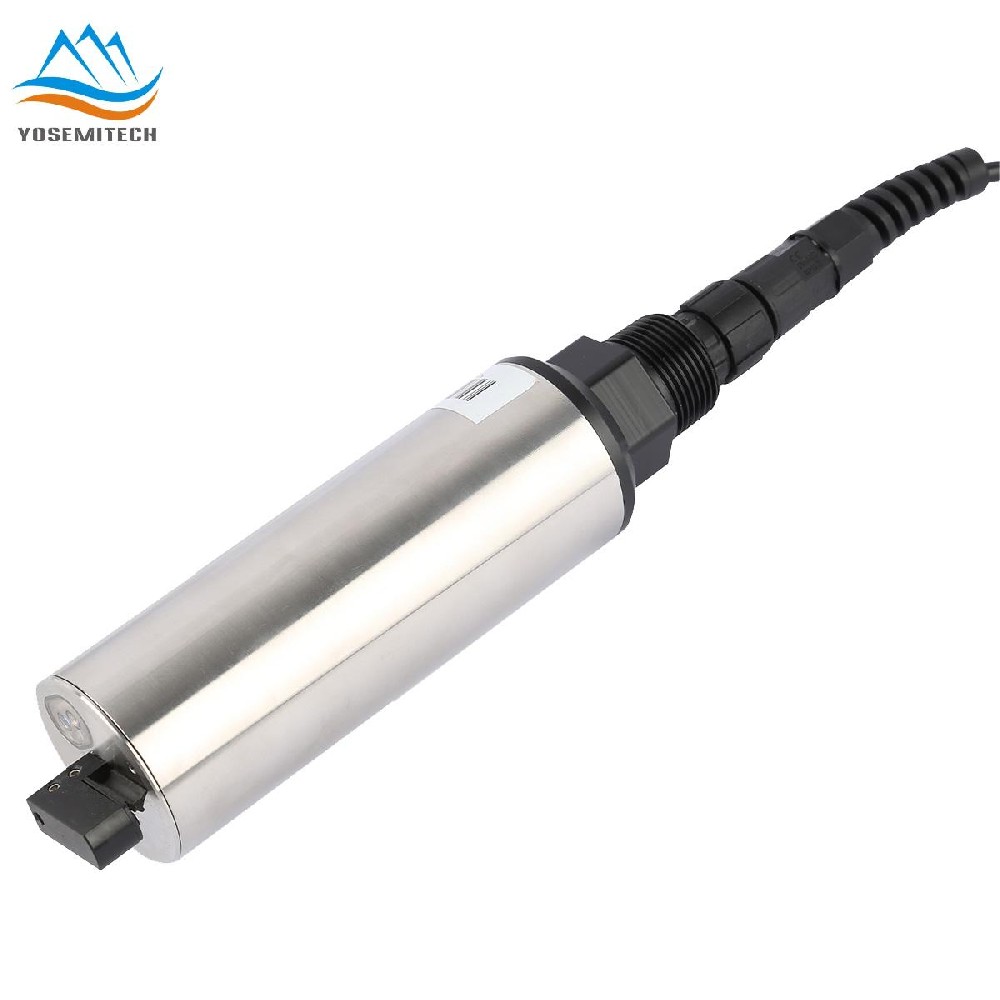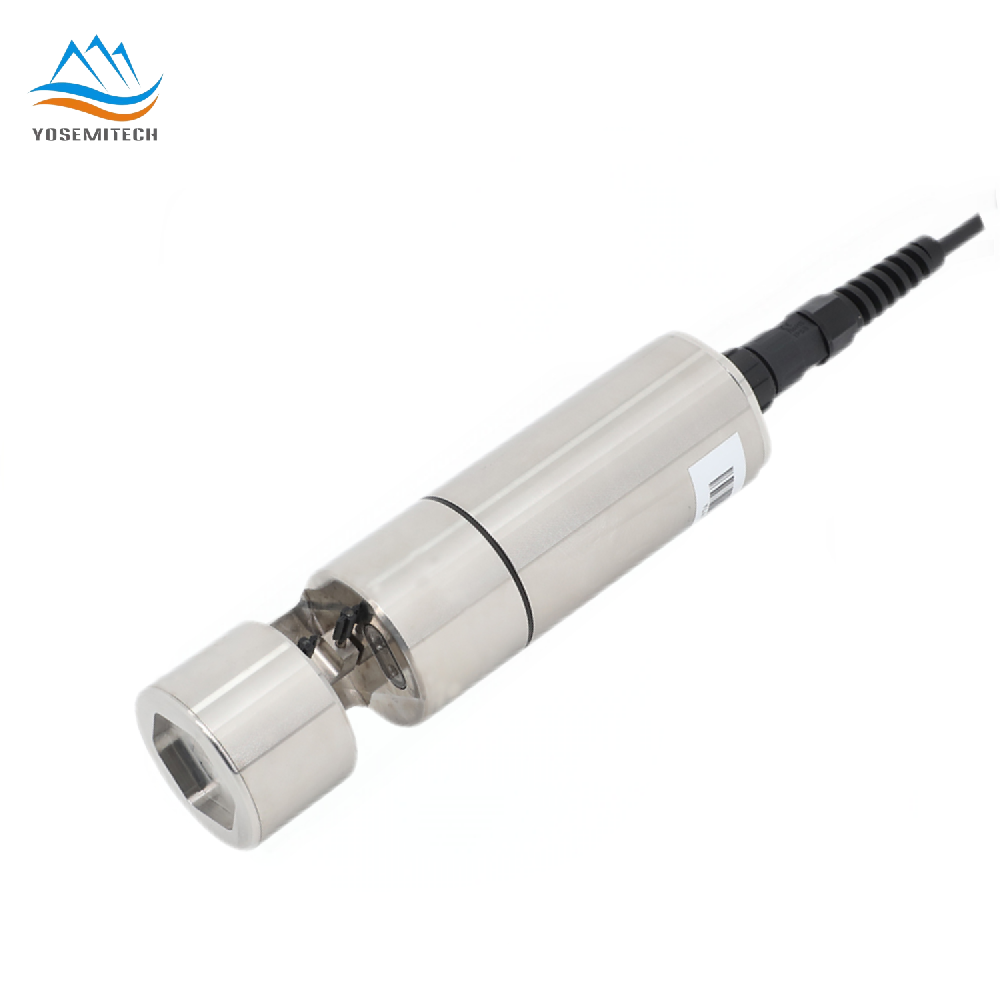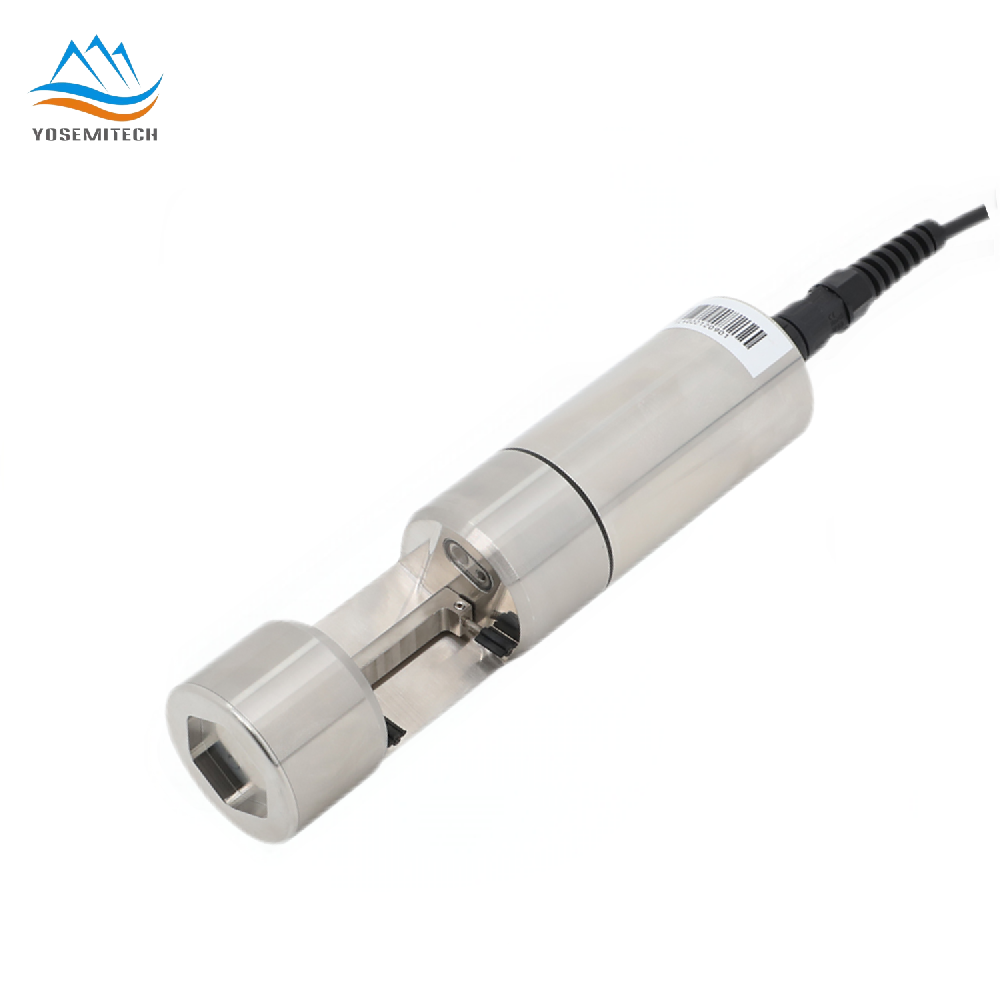Company news
Oil-in-water using UV-fluorescence
Writer: admin Time:2023-12-19 11:00:00 Browse:1124℃
Oil in water has the following five forms:
① Floating oil, the dispersed particle size in water is generally greater than 100μm, can float faster after standing, to the continuous phase of the oil film floating on the water surface;
② Dispersed oil, dispersed in the water particle size of 10 to 100μm, with tiny oil beads suspended in water, unstable, often form a floating oil after a certain period of time after resting;
③ Emulsified oil, dispersed in the water particle size of less than 10μm, generally 0.1 ~ 2μm, often due to the presence of surfactants in the water to make the oil beads form a stable emulsion;
④ Dissolved oil, the dispersed particle size in water is generally less than a few microns, dispersed in water in a molecular state or chemical way to form a stable homogeneous system;
⑤ Solid attached oil, adsorbed on the surface of solid particles in wastewater.
Often referred to as emulsified oil is the fuel (gasoline, diesel or heavy oil) 70% to 90% plus water nearly 30% to 10% (mass ratio, the same below), plus additives 0.5% to 1%, and then emulsified by special equipment. In the determination of emulsified oil in water, emulsified oil refers to oil beads with a particle size of 10-3 to 10μm.
Dissolved oil, also known as "soluble oil", refers to all hydrocarbons and other organic compounds that have a certain degree of solubility in the extracted water. In the determination of dissolved oil in water, dissolved oil refers to oil beads with a particle size of less than 10-3 μm that are polar and can be adsorbed by silica gel.
Generally, the content of emulsified oil and dissolved oil in water can be determined by the static floatation method and the infrared-silica gel method, and the specific operation steps are shown in the Determination of Emulsified Oil and Dissolved Oil in Extracted Water (SY/T0601-2016), but the above two measurement methods have the drawbacks of long time-consuming and complicated operation, and are not applicable to on-site measurement.
Y616-B/C and Y516-C oil in water sensors, which adopt the principle of UV fluorescence analysis method, can detect emulsified oil and dissolved oil, and have the advantages of high efficiency, quickness, better reproducibility, and on-line real-time monitoring, which are suitable for a variety of water quality measurement scenarios, such as oilfield monitoring, pipeline transportation, petroleum chemical industry, and oil contamination.

CATEGORIES
CONTACT US
Yosemitech Technologies Co., Ltd
 +86 19984844080
+86 19984844080
 sales@yosemitech.com
sales@yosemitech.com
 Bldg,25,CECEP Industrial Park, No. 18 Dongchang Rd. Suzhou Industrial Park, Jiangsu Province,China 215126, China
Bldg,25,CECEP Industrial Park, No. 18 Dongchang Rd. Suzhou Industrial Park, Jiangsu Province,China 215126, China
